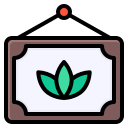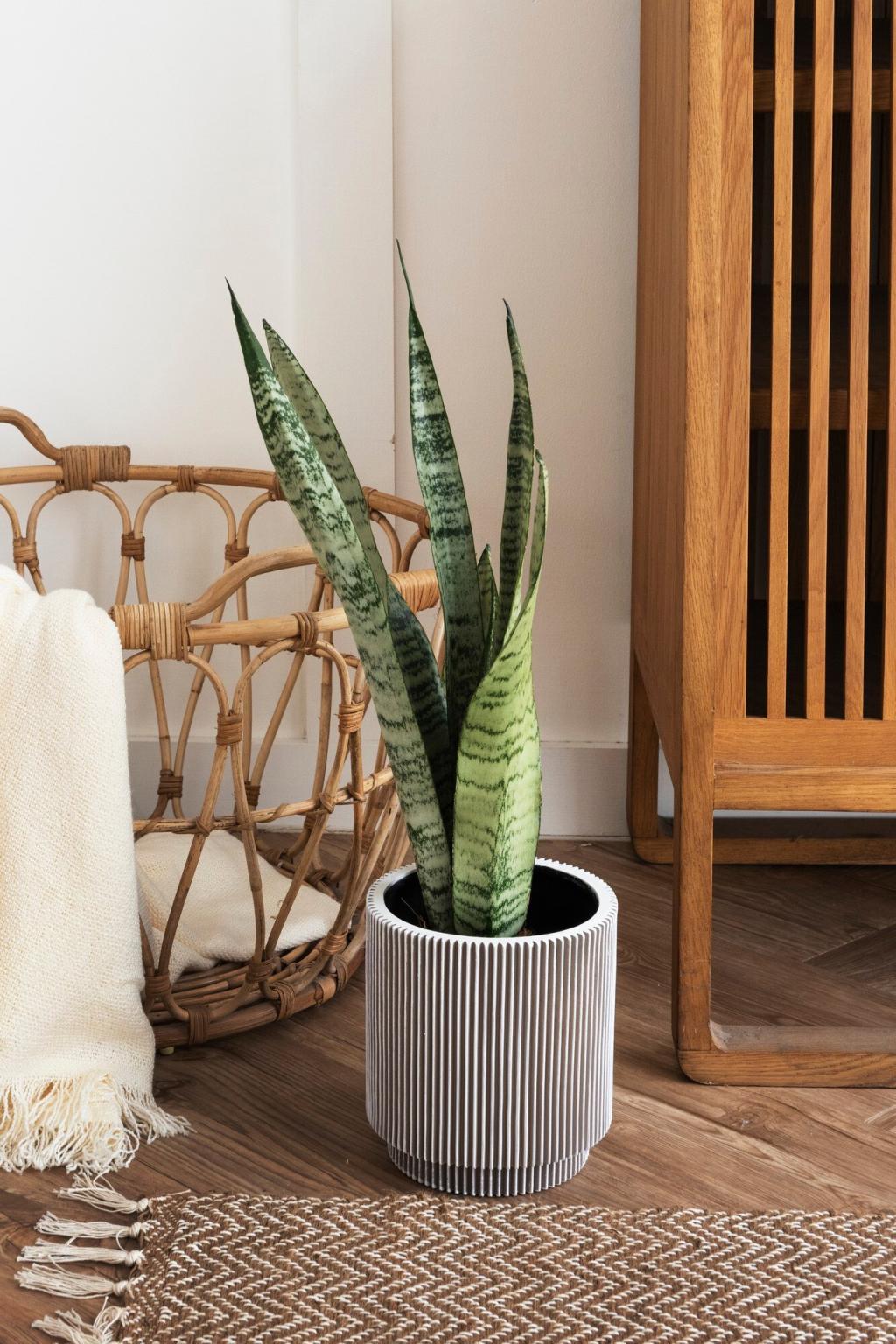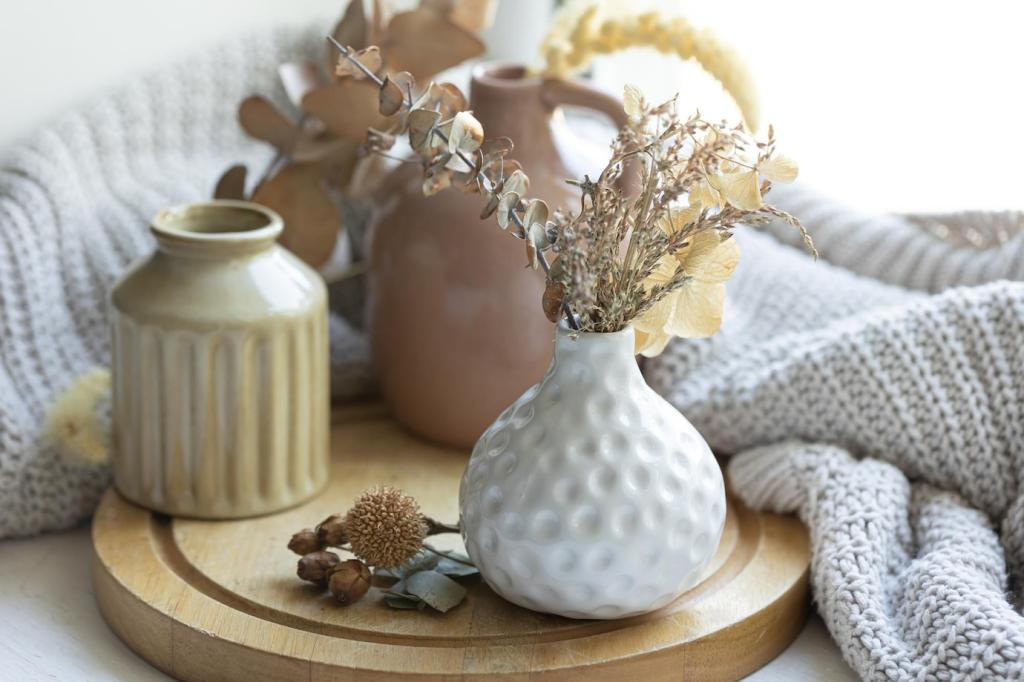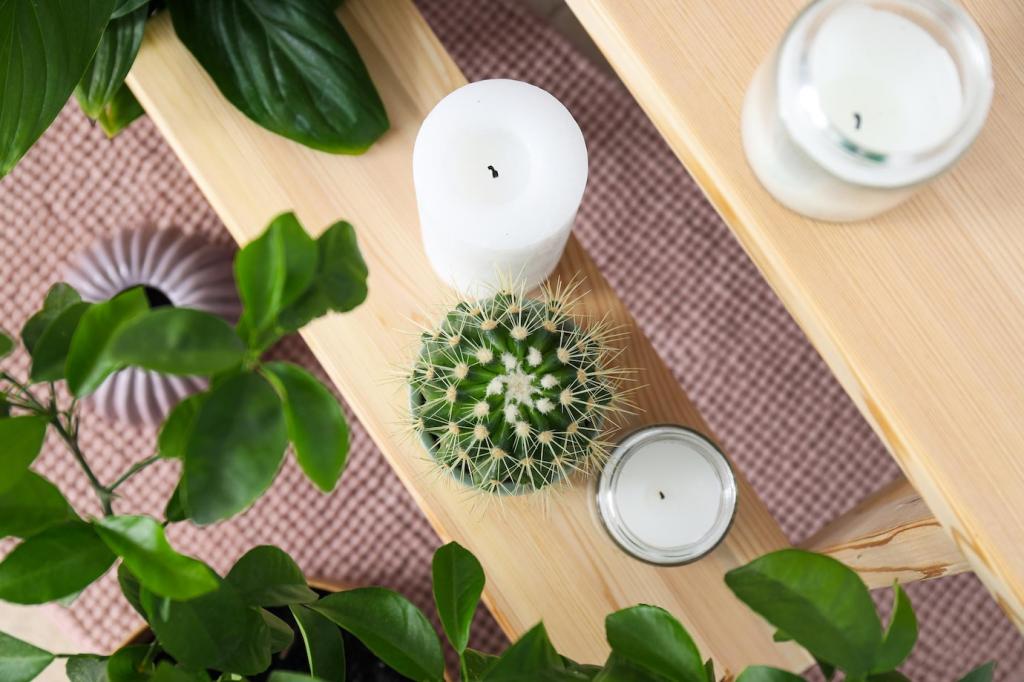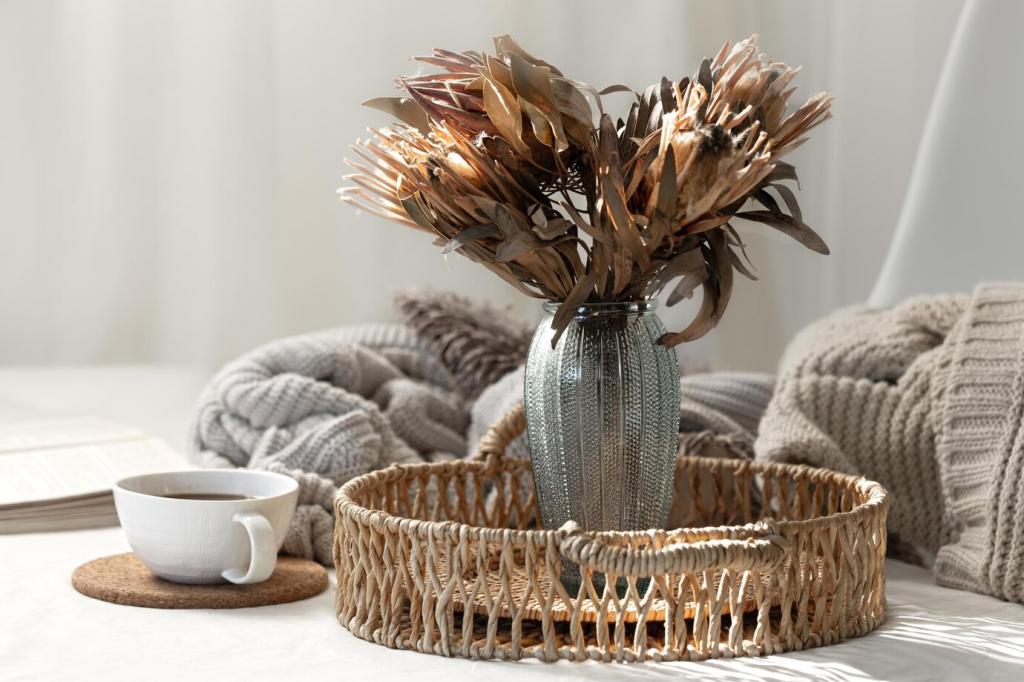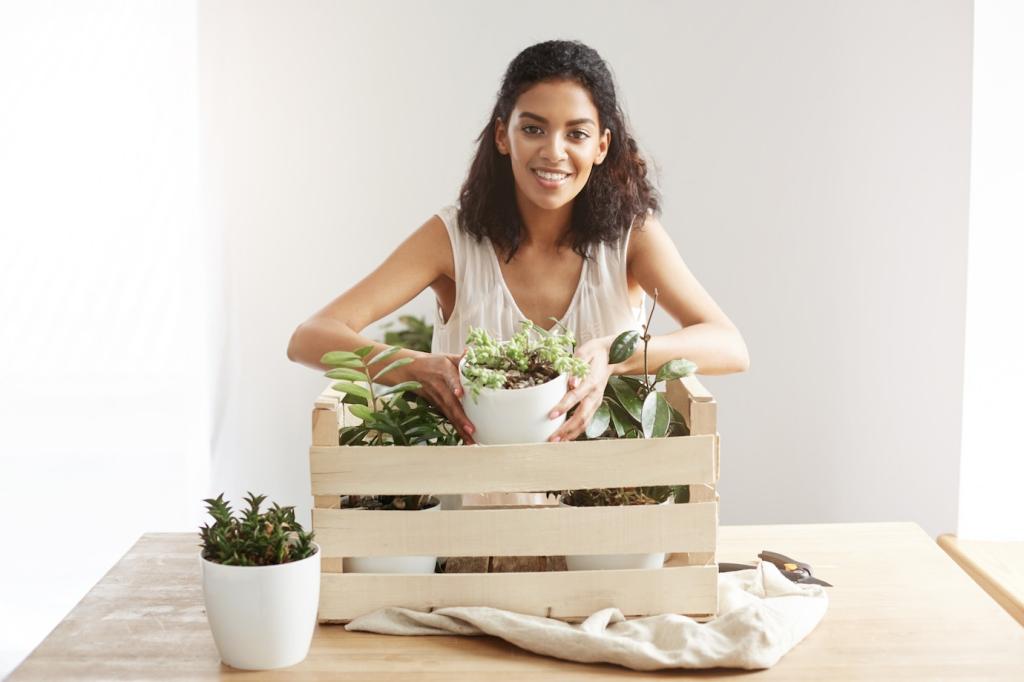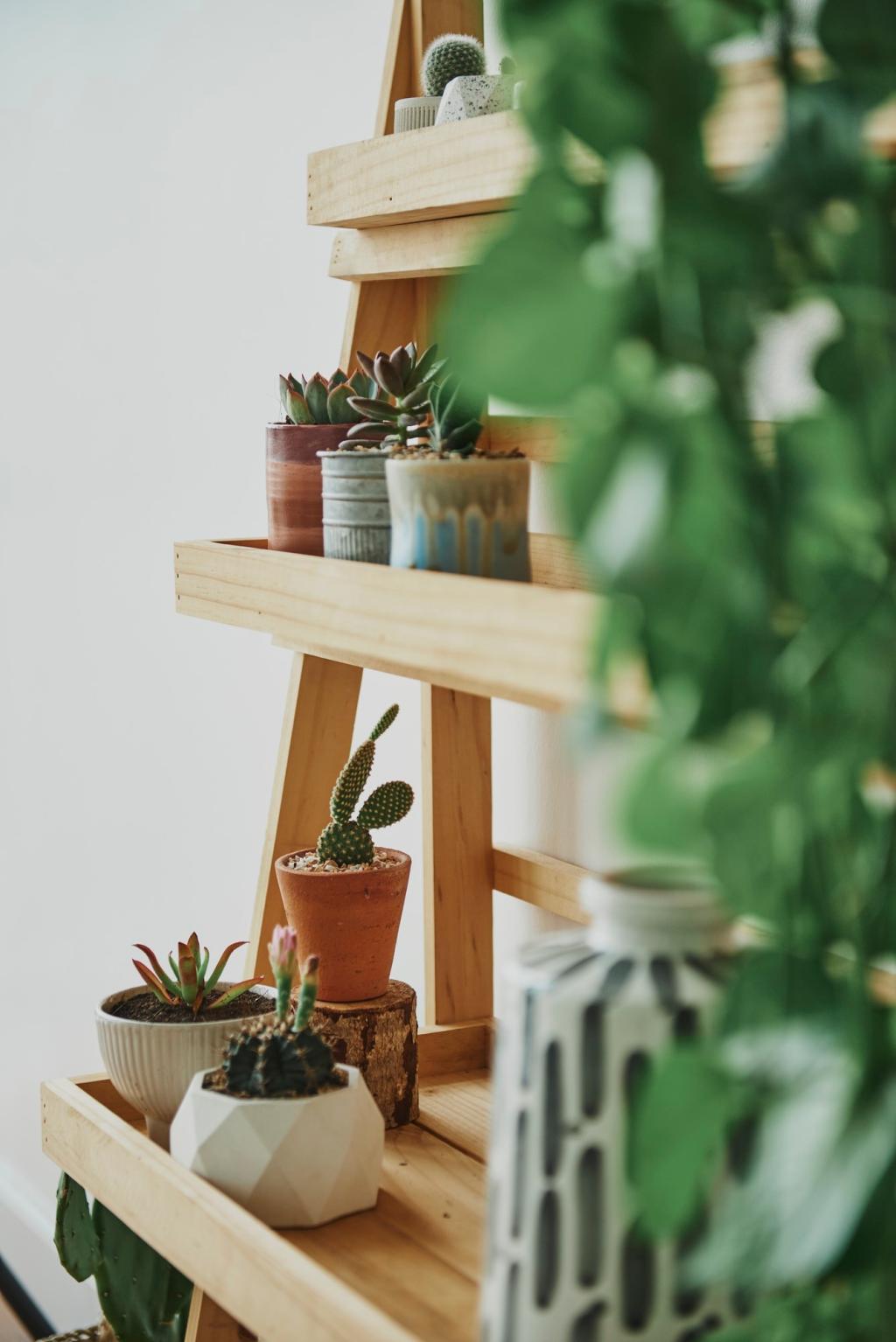Nature-Led, Waste-Free Accents
Snip pothos, monstera, or rosemary cuttings and root them in water saved from rinsing produce. Label jars with chalk so they can be wiped clean. Sharing cuttings turns one plant into many, spreads joy, and avoids plastic nursery pots entirely.
Nature-Led, Waste-Free Accents
Plant herbs in coconut coir pots, paper pulp cups, or ceramic thrift-store bowls. Line porous vessels with compostable paper to control moisture. When roots outgrow containers, transplant outdoors and return the liner to your compost—nothing wasted, everything cycled back.
